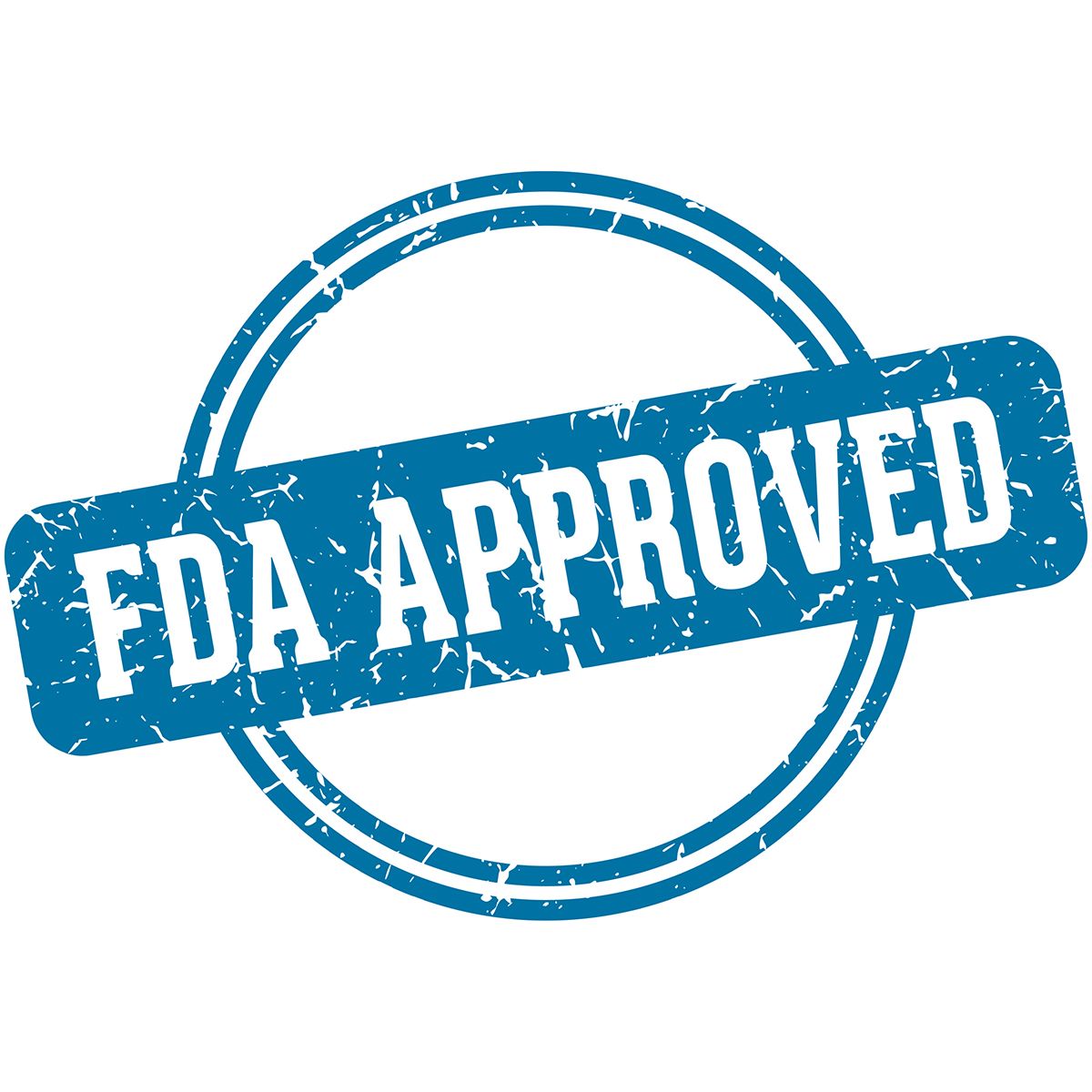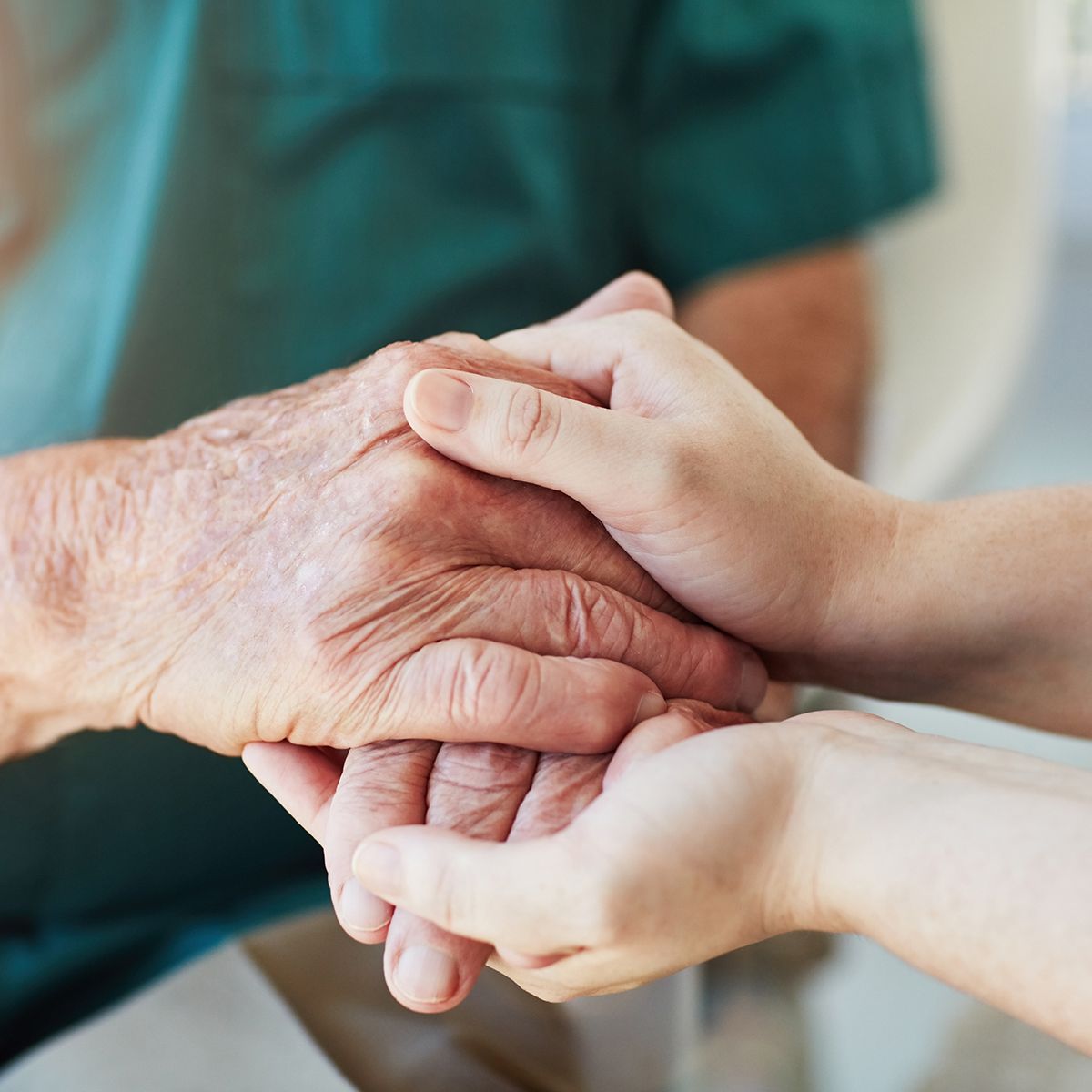Article
Agent Shows Impressive Results for Diffuse Large B-Cell Lymphoma
Author(s):
JCAR017 had promising complete response and objective response rates in treating patients with diffuse large B-cell lymphoma (DLBCL) in a recently presented study.
According to updated findings from the core group of the phase 1 TRANSCEND study, treatment with JCAR017 showed a 59 percent complete response (CR) rate and an objective response rate (ORR) or 86 percent for patients with relapsed or refractory diffuse large B-cell lymphoma (DLBCL). Findings were presented at the 2017 International Conference on Malignant Lymphoma (ICML) in Lugano, Switzerland.
In the study, the CD19-targeted CAR T-cell therapy JCAR017, which consists of a defined cell composition and 4-1BB costimulatory domain, was administered to 67 total patients at the May 4, 2017, data cutoff. The core group presented at ICML included those with de novo and transformed DLBCL and an ECOG performance status of 0 or 1 (44 patients). The core population is the focus of future pivotal studies for JCAR017.
In the core group, after three months of follow-up, the CR rate with JCAR017 was 50 percent and the ORR was 66 percent. Ninety percent of those responding at three months continued to response at six months (9 of 10). Of those with any level of response (38 patients), 97 percent remained alive after a median follow up of 3.2 months. The median overall survival in the full population (which included those with ECOG 2 status) was 4.2 months.
"This is the first multicenter trial of a CD19-directed CAR T cell product with defined composition to deliver potent and durable responses in poor-prognosis subgroups of relapsed/refractory aggressive non-Hodgkin lymphoma," said lead investigator Jeremy S. Abramson, M.D., from Massachusetts General Hospital Cancer Center. "A DLBCL pivotal cohort is planned to open later this year for the core patient population."
In the TRANSCEND study, patients underwent leukapheresis at study entry followed by manufacturing of JCAR017. Efforts are under way to bring the total manufacturing time from apheresis to delivery for JCAR017 to below 21 days, Abramson noted.
Prior to CAR T cell infusion, patients received lymphodepleting fludarabine (30 mg/m2) and cyclophosphamide (300 mg/m2) daily for three days. A modified continual reassessment method was utilized to determine CAR T cell dose level (DL), to avoid potential adverse events (AEs). Two DLs were utilized: 5 x 107 cells (DL1) and 1 x 108 cells (DL2) either as a single-dose or double-dose. Thirty patients got single DL1 (DL1S), 6 got double DL1 (DL1D), and 19 patients received DL2 as a single dose (DL2S).
Across all evaluable patients (55 patients), the median age was 61 years, with 40 percent at leasat 65 years of age. Overall, 40 patients had de novo DLBCL (73 percent), 14 had transformed DLBCL (26 percent), and one patient had grade 3B follicular lymphoma (2 percent). Two patients had central nervous system (CNS) involvement. Seventy-six percent of patients were chemorefractory, and 27 percent had double or triple hit lymphoma. The median number of prior therapies was three (range, 1-11) and 49 percent of patients had received a prior stem cell transplant (allogeneic, 7 percent; autologous, 44 percent).
Across all doses in 54 evaluable patients, the ORR was 76 percent, with a CR rate of 52 percent. After three months of follow-up, the ORR was 51 percent and the CR rate was 39 percent. In the three-month assessment, ORRs were highest in poor risk subgroups, including patients with double/triple hit lymphoma, wherein the ORR was 81.8 percent. Those who relapsed less than 12 months after transplant had an ORR of 90.9 percent with JCAR017.
In those evaluable in the DL2S group (18 patients), the ORR was 72 percent and the CR was 50 percent. After three months (11 patients), the ORR was 64 percent and the CR rate was 46 percent. In the DL1S group (30 patients), the ORR was 80 percent and the CR was 53 percent. At three months (24 patients), the ORR was 46 percent and the CR rate was 33 percent. In the DL1D group (six patients), the ORR was 67 percent and the CR rate was 50 percent. After three months (six patients), the ORR and CR rate were both 50 percent.
"Both patients with CNS involvement by lymphoma who were treated on study had complete resolution of their CNS disease," said Abramson. "One patient with progression after CR re-expanded CAR T cells following incisional biopsy and achieved a second CR without intervening therapy."
In the core assessment, the ORRs were 84 percent, 87 percent, and 100 percent and the CR rates were 59 percent, 56 percent, and 60 percent in the DL1S, DL2S, and DL1D groups, respectively. With three months or more of follow-up, the ORRs were 58 percent, 78 percent, and 75 percent and the CR rates were 42 percent, 56 percent, and 75 percent, in the DL1S, DL2S, and DL1D groups, respectively. "These early data suggest a dose-response relationship," noted Abramson.
All-grade treatment-emergent adverse events (TEAEs) were experienced by approximately 90 percent of patient. There were two deaths related to TEAEs in the study: one due to lymphoma progression and the other related to chemotherapy and JCAR017 on day 23 for a patient who refused mechanical ventilation for progressive respiratory failure.
Cytokine release syndrome (CRS) was primarily grade 1/2 (33 percent), with just one grade 3/4 event that occurred in the DL1S group. The median time to the onset of CRS was 5 days (range, 1-23). Neurotoxicity was grade 3/4 (16 percent) and grade 1/2 (6 percent) in severity, and the median time to onset was 11 days (range, 5-23). Overall, 40 percent of patients experienced CRS or neurotoxicity, of which 16 percent was severe. To treat these AEs, 11 percent of patients received tocilizumab and 24 percent received dexamethasone.
In the core population, 33 percent of patients had CRS or neurotoxicity. Grade 1/2 CRS was experienced by 27 percent of patients and the 1 grade 3/4 event fell within this group. Neurotoxicity in the core group was grade 1/2 (5 percent) and grade 3/4 (18 percent) in severity.
"JCAR017 toxicities have been manageable at all dose levels tested with a favorable safety profile that may enable outpatient administration," said Abramson. "Evaluation of outpatient administration is ongoing and planned in pivotal cohort."
The TRANSCEND trial continues to recruit patients with non-Hodgkin lymphoma, with a target enrollment of 274. Juno Therapeutics, the company developing JCAR017, expects the pivotal arm of the trial to open later this year. This portion with exclude those with ECOG performance status 2 and those with DLBCL transformed from chronic lymphocytic leukemia or marginal zone lymphoma. Those with primary mediastinal B-cell lymphoma will also be excluded from the pivotal study (NCT02631044).




